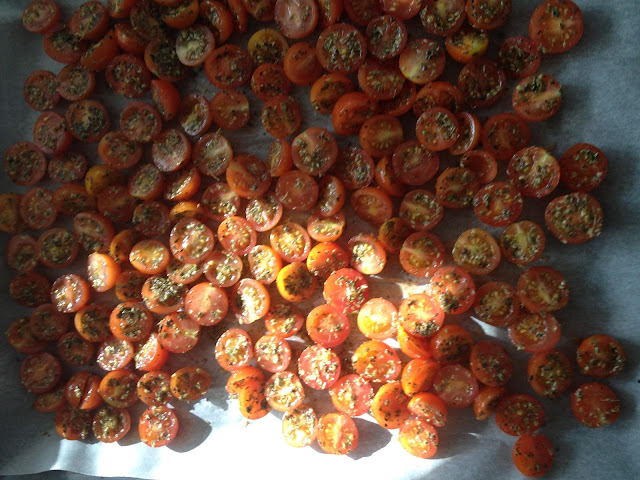| Now that is a good directive! Yes, please. |
Today I read an article on Mashable.com titled Plastic-Eating Fungi Found in the Amazon May Solve the World’s Waste Problem.
“A group of students and professors from Yale University have found a fungi in the Amazon rainforest that can degrade and utilize the common plastic polyurethane (PUR).”
This is good news for us, who live in a world where PUR is one of the largest forms of waste – filling our ditches and our oceans, our beaches and our forests with waste. But the bigger problem still lies at the source of PUR: You and I as consumers and the companies from whom we buy our goods who tend to prefer plastic products or products wrapped in plastic over other methods. Even products that arguably don’t benefit the user in any way by being wrapped in plastic: individually wrapped bell peppers (paprika for some of you), parsnips, plastic tubs for tomatoes, styrofoam (plastic) wrapped packages of beans, apples individually wrapped in styrofoam netting…this is just the beginning of the waste. Even my flowers often come tucked in plastic. Or how about any electronic item you’ve ever received – I sometimes wonder how long it takes the assembly line workers at the electronics manufacturers in Asia to wrap the cables and metal ends and boxes in plastic, and shrink wrap and cardboard and more shrink wrap. Why? Some manufacturers are moving away from plastic and using recyclable cardboard instead, and I commend this.
 |
| I wait all winter for these happy buds to bloom! |
When summer comes and I do a happy dance because it means I can shop at the market. There I see towering piles of fruits and vegetables – which are not wrapped in plastic – in fact, they are usually arranged in reusable wooden or cardboard boxes. And when I buy them, I receive them in paper, not plastic bags, which I can then recycle. Yes, some plastic can be recycled. But the rules in so many parts of the world are complicated, and not all plastic is created equal.
 |
| In the beginning of summer |
But we don’t have to wait for summer. If you are buying a nice, long leek (purjo) in the winter, does in really benefit you to stick one end in the plastic bag, slap the label you’ve just printed on to the bag, and have the other end sticking out? Or put bags around all of the other produce you buy? Or opt for plastic at all when you are at the grocery store – there is usually a paper option.
And many stores around the world have started to make us pay for the bags we use at the checkout to pack our groceries in if we don’t bring our own. I’m plenty guilty of reaching for another plastic bag, and the 25 cent fee for it doesn’t slow me down at all.
So yes, it’s great news that there is fungi out there growing in the Amazon that may help us get rid of the plastic that already exists. And though this blog isn’t designed so that I can stand on a soap box and tell you to change your ways, I can’t help but note the irony of such a discovery by the same humans who caused the trouble in the first place.
With that, I bring you my recipe for today: Spring is arriving slowly in Finland, as these spring onions attest. Let the (plastic free) celebration begin! And I’ll get better at bringing my own bags food shopping.
Blue Cheese, Roasted Tomato, Spring Onion Quiche
 |
| Kale…and just a little plastic |
 |
| Just before roasting – love the ray of sunshine! |
Cook 3 minutes longer to heat tomatoes thoroughly Remove from heat. Stir in:




